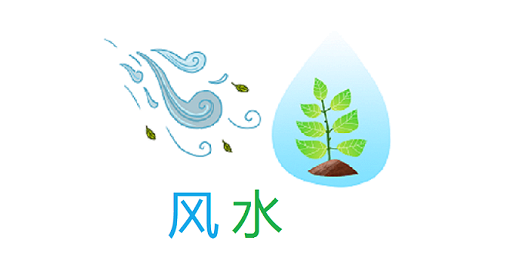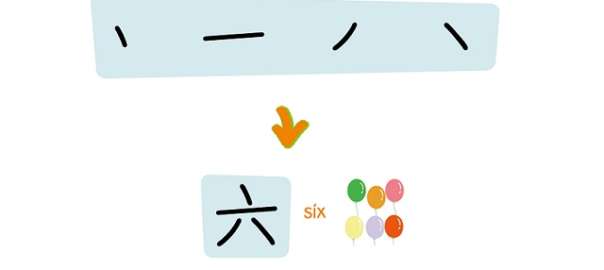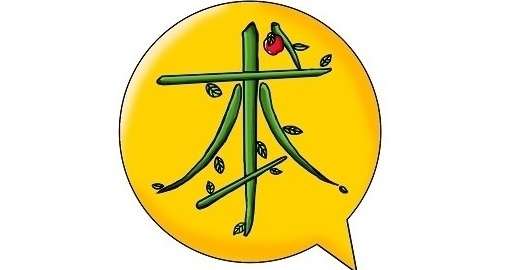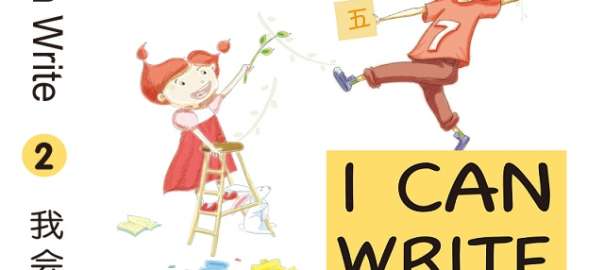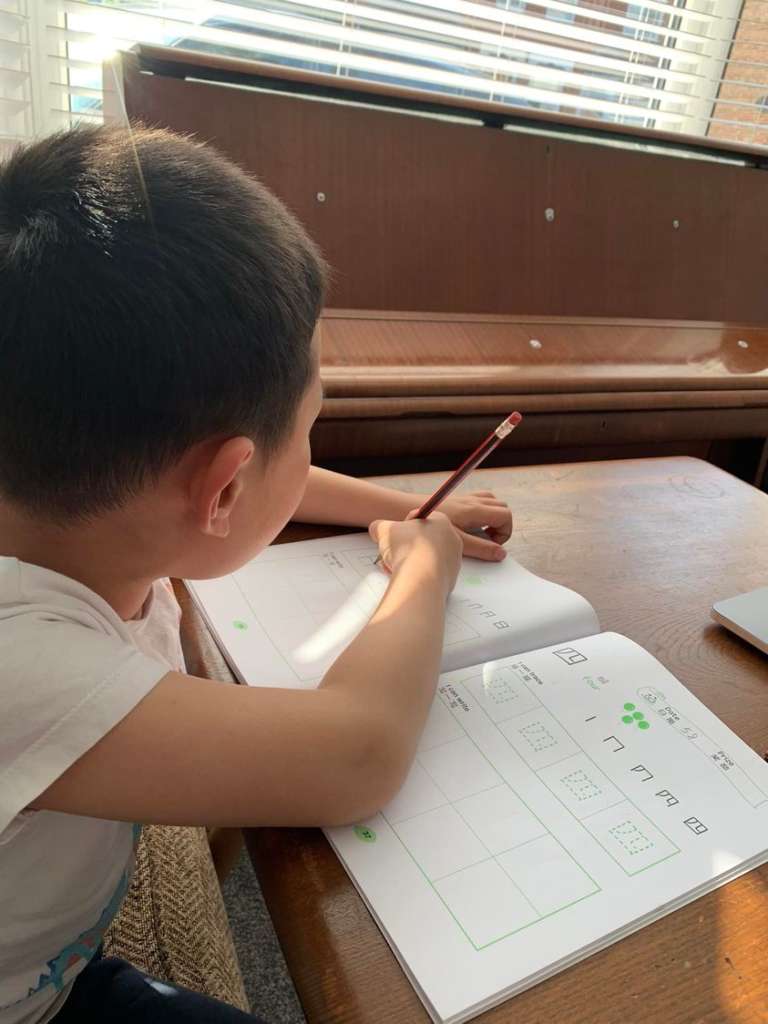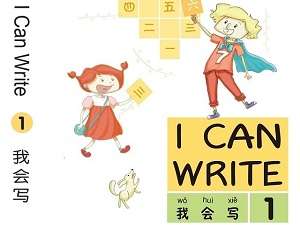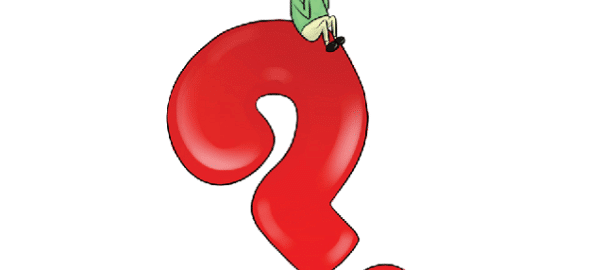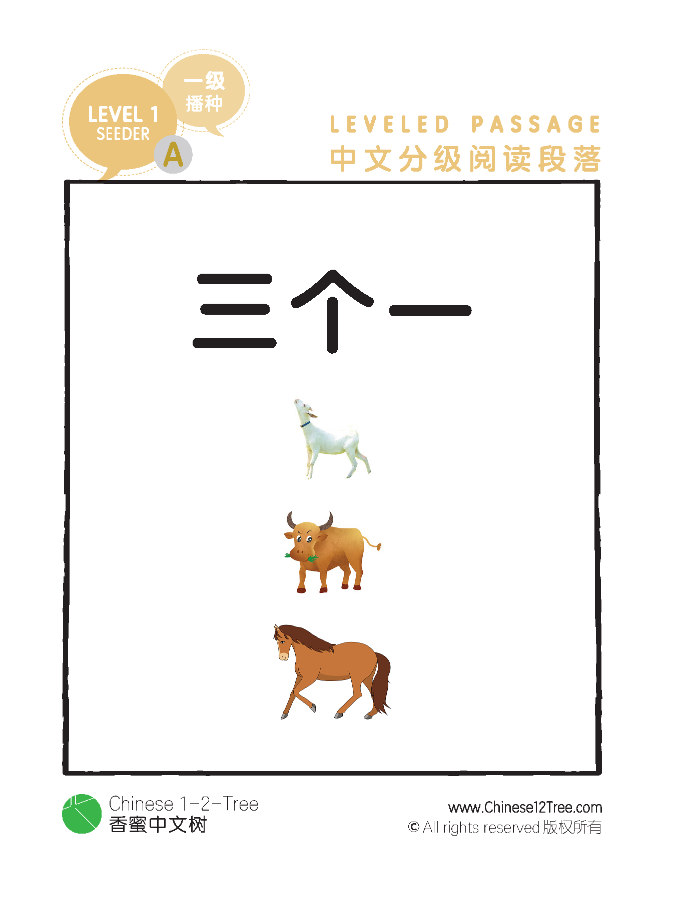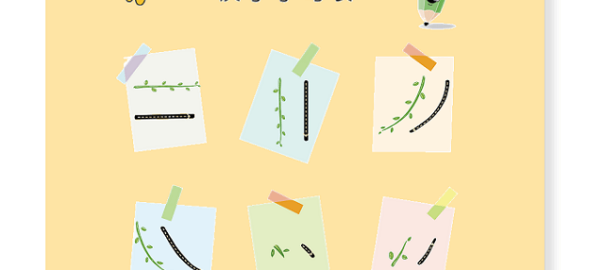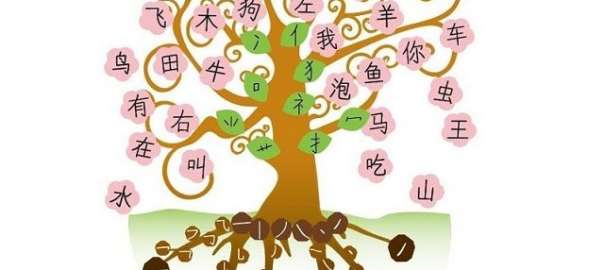风水 (Feng Shui), one of the most well-known Chinese loanwords that made it to the English language and gained worldwide recognition, means the Harmony of Wind and Water.
风水 (Feng Shui) contains two individual Chinese characters, called one-character-word. The 风 fēng means “wind” and the 水shuǐ means “water”.
Group these two one-character words together into one word 风水 (fēng shuǐ), a two-character-word that refers to the way of understanding and appreciating the harmony between people and their environment.
One example can explain what is the 风水 (fēng shuǐ). Place your home furniture or items to match the flowing of wind (风 fēng, invisible energy or chi) and water (水shuǐ, visible energy), these 风 wind and 水 water elements are considered to bring good health to your family.
It may associate fēng 风 shuǐ 水with interior design, but for thousands of years, Chinese have used Feng Shui principles in house architecture, agriculture, urban planning, and so on. In ancient times, a ruler would even consult Feng Shui masters before deciding the location of the new capital!
Is Chinese Amazing? Just group two basic one-character words together into a two-character word 风水 (fēng shuǐ) an entirely different world brings to you.
Do you follow Feng Shui principles in your life? Do you know what the following Chinese loanwords refer to?
- chi 气
- yin yang 阴阳
- dao 道
- tai chi 太极
- kung Fu 功夫
- typhoon 台风
Each Chinese character, commonly named Hanzi, is pronounced monosyllable in Pinyin (a randomized alphabet tool for Chinese speaking to learn how to speak Chinese). Each Chinese character is constructed in the Chinese Character Alphabet which consists of 6 root strokes and their transforms. For example, 山 shān (mountain) is constructed by strokes 丨 and a 丨’s transform.

Below is the Chinese Character Alphabet. Anyone who wants to learn Chinese written form he or she will be recommended to start by learning these fundamental strokes, just like learning to read English start by learning 26 letters.
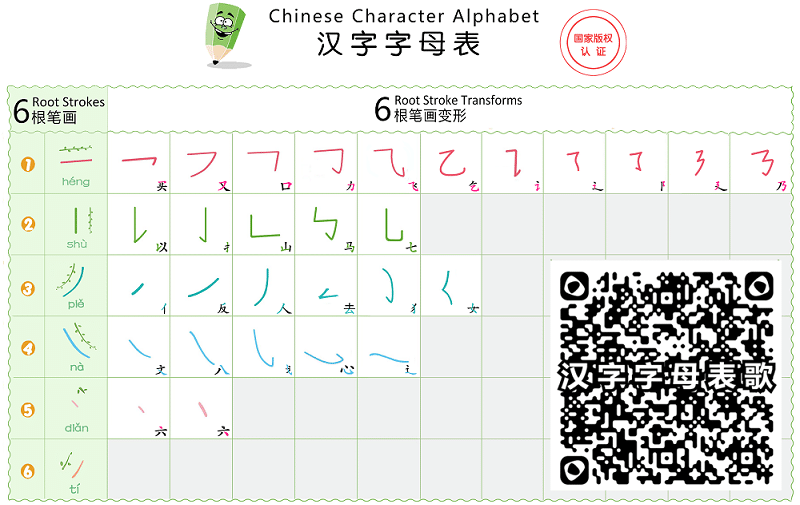
The 2/3 Stepstone Reading
预备读三基石之二
传统观念以及传统的汉语教学,学生认读一般来说要从简单的汉字开始,然后一个字一个字的慢慢学习和慢慢积累,随着汉字量一步步上升,再一步步进入阅读学习。在这里我们想给大家带来一个不那么一样的中文阅读起步姿势——预备读三基石。
- 第一阶基石,从笔画到偏旁字干
- 第二阶基石,从偏旁字干到汉字
- 第三阶基石,基本字应用和理解
这里给大家呈上一本 预备读基石二阶之样板工作册《忄》,点击链接可免费下载。如打印,请设定打印尺寸为A5。
派发给学生试用时,建议老师先不作讲解,待学生做完后再看学生完成的成品,说不定结果有惊喜呢 
Chinese Character Alphabet, we proudly introduce it to you as it originated in Beijing Mandarin in 2005. And it was officially recognized by NCAC 国家版权局 (National Copyright Administration of The People’s Republic of China) in 2013. Nowadays it is the easiest way to get your young student started to learn written Chinese.

These 6 simple strokes and their transformed strokes consist of the alphabet for the written Chinese – Chinese Character Alphabet 汉字字母表. Each Chinese character is pronounced in sole-syllable in Pinyin. People can start with Pinyin (an alphabet tool for Chinese speaking) to learn how to speak Chinese. Meanwhile, people can start with the Chinese Character Alphabet to learn how to write Chinese. This means people can learn Chinese speaking and Chinese writing separately for their needs.
Quote from a teacher “小朋友很专注的书写 《苗乐汉语》我会写系列,设计的确合理,小朋友们很喜欢
《苗乐汉语》我会写系列,设计的确合理,小朋友们很喜欢 ”
”
苗乐汉语教材资源专为 Prek-6 国际幼小学生系统学中文特别设计编撰而成,包含有分系列:我会认、我会写、我会说、日用词句卡、偏旁字干123,中文探索(华裔学生)等。整套苗乐汉语资源,围绕着为老师教学省心有力,为学生习作顺畅有效进步,为家长监督便利而进行特别。
下面这幅授课老师在Facebook上分享的这幅照片中,小朋友使用的是苗乐汉语教学资源中的《我会写2》。
从照片上可以看到这本
《我会写2》打开的左右二页面含有以下几个设计要点:
- 左右页面上的汉字为形近字
- 小图给学生提示汉字的意思
- 笔顺显示给孩子练习做支持
- 小标语音语义给非华裔学生和家长理解学习项
- 每个页面上的学生习作设计了让学生感觉不到的难度上升
- 学生习作量控制:描写的量 > 自行书写的习作量
- 日期格,老师掌握教学进度
- 贴纸格,老师或家长给学生奖励
有兴趣的老师和家长,看到这本苗乐汉语-我会写2时,就可以看到里面还有其他很多适应于幼小学生的教学设计特点,专为老师带引学生进行习作输出和巩固的。苗乐汉语-我会写1-6,每本都有很多的硬核设计等着老师们发现呢

Peilin Lee 5月19日
Laura 您好,
我向孙老师询问过了,我想宁老师和蔡老师也有同样的感觉。她们觉得类似 I Can Write 1 中,像P16中表达笔画这样的概念,教我们这里四岁的外籍孩子有些难度。P25中的笔画变形不太容易教。所以现在老师们大多先讲解像P44的笔顺,然后再回头讲拆解汉字和变形。不知在用法上及教法上您有什么的建议,能让老师们在拆字和变形教学上,容易上手一些?
谢谢。 佩琳


Laura@BM.com 5月20日
Hi Peilin,
我明白老师们的疑问了。这是来自《我会写1》中的三页,其编写逻辑是针对小朋友的生理自然学习能力来进行的。P14一方面为小朋友巩固刚学的6个“字母笔画”,同时开始导入“字母笔画”拼构汉字的概念和方式,本不希望教授某单个汉字;而另一方面是为了引导小朋友在完全不认识的汉字中找出刚学过的基本笔画出来,甚至让学生大胆地在更困难的汉字中找出那些“字母笔画”出来,直到植入“字母笔画”以便对学生产生一个向前进的学习拉力, 引领学生产生自组拼构汉字的思维。
P25是为了引导学生感受基本笔画之后的变形是一个笔画的自由感,使其生成自能力。课堂教学语言可以是:基本笔画是不能变的,而变形是小朋友可以任意发挥的,不管你向那个方向变形,你都会开始去生成新的汉字。教学上还可以适时再给出一些复杂汉字作为例子,让学生进行分辨、产生学习汉字的可控感和自由感。P44仍然是为了练习笔画的拼构,不是为了单独学习一个有实在意义的汉字。
欢迎各位老师们能知无不言、言无不尽,各种反馈,无任欢迎。谢谢!
Peilin Lee 5月20日
I totally understand the logic behind it. Will explain it to the teachers. Thank you.
Scaffold Leveled Passage
鹰架式分级段落
三个一
 Seeder, Level 1A 一级播种A
Seeder, Level 1A 一级播种A
学生认知多少个汉字时,老师们可以为学生起步开展阅读课程,前段时间我们曾做过一次Vote。很意外的,Vote 结果高居第一名的是20个汉字,鹅很高兴有这么多志同道合的老师哎。Vote 结果第二名,正是传统中文教学上认为的300字。下面给师友们呈上我们建议为学生展开起步阅读的20个种子汉字:
一 二 三 四 五 六 七 八 九 十
人 大 头 上 下 天 日 月 星 个
要为国际幼小初学龄段的学生起步开展有意义的阅读课程,有一个我们认为非常关键的地方。就是阅读课程中的每一个级别的每一篇文段都需要做鹰架式的分级编写。否则文中出现大量的生字,老师一个个填鸭式地塞给学生,学生学着忘着痛苦着,还没有时间做有效的理解。这可不是阅读课程,而是生字课,或者是词语课了。
使用这20个种子,我们编写了一篇名为“三个一”的小短篇。有兴趣的老师可以试试来做一篇命题小作文,要求文中许可使用的超纲字不能超过1个。期待老师们的反馈意见和想法。
The written form of the Chinese language is composed of Chinese characters, called Hanzi. Regardless of hundreds or thousands of Hanzi, each hanzi is made up of 6 simple strokes and their transforming strokes – the Chinese Character Alphabet, or Hanzi Alphabet 汉字字母表. Just like strokes assembled, here all Hanzi come.
The 6 simple strokes are called Root Strokes as the entire Hanzi in written where comes from. These 6 Root Strokes are named héng shù piě nà diǎn tí. Play the video to watch how the young kids sing and wave their fingers of these Root Strokes.
Each Hanzi is pronounced in sole-syllable in Pinyin. People can start with Pinyin (an alphabet tool for Chinese speaking) to learn how to speak Chinese. Meanwhile, people can start with the Chinese Character Alphabet to learn how to write Chinese. This means people can learn Chinese speaking and Chinese writing separately for their needs.
6 Root Stroke and their transformed strokes consist of the alphabet for the written Chinese – Chinese Character Alphabet. Each Chinese character is pronounced in sole-syllable in Pinyin. People can start with Pinyin (an alphabet tool for Chinese speaking) to learn how to speak Chinese. Meanwhile, people can start with the Chinese Character Alphabet to learn how to write Chinese. This means people can learn Chinese speaking and Chinese writing separately for their needs.

